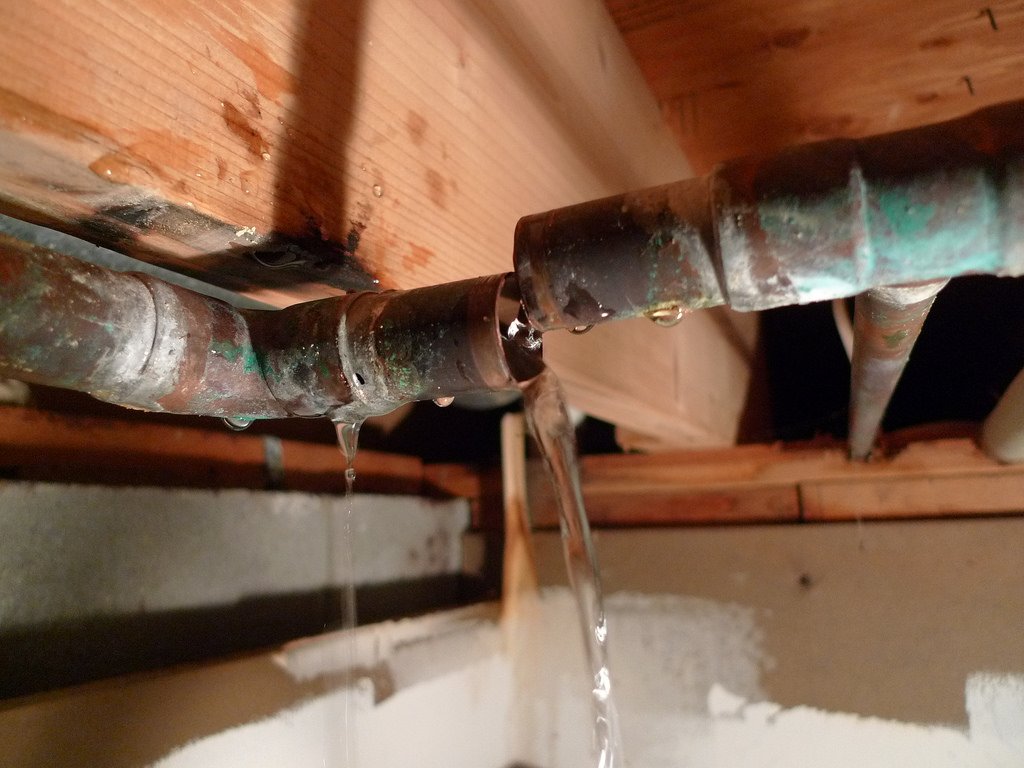Introduction
Sweating pipes, also known as condensation on pipes, can be a common issue in many homes. This phenomenon occurs when the temperature of the water inside the pipes is significantly cooler than the surrounding air, leading to moisture accumulation on the exterior of the pipes. While it may seem like a minor inconvenience, ignoring sweating pipes can lead to more serious problems such as mold growth and water damage. In this article, we will discuss how to identify, address, and prevent sweating pipes effectively.
Identifying the Issue
Signs of Sweating Pipes
The first step in repairing sweating pipes is to identify the issue. Signs of sweating pipes include visible moisture on the exterior of the pipes, water droplets forming on the surface, and dampness in the surrounding area.
Understanding the Causes
Sweating pipes are primarily caused by the temperature difference between the water inside the pipes and the ambient air. This temperature differential leads to condensation forming on the pipes’ surface. Additionally, high humidity levels in the surrounding environment can exacerbate the problem.
Preparation for Repair
Before beginning the repair process, it’s essential to gather the necessary tools and materials. You will need insulation specifically designed for pipes, such as foam or fiberglass insulation, as well as tape to secure the insulation in place. Additionally, it’s crucial to take safety precautions, such as wearing gloves and safety goggles to protect yourself from potential hazards.
Repair Methods
Using Insulation
One of the most effective ways to repair sweating pipes is by applying insulation. Insulating the pipes helps to regulate the temperature, preventing condensation from forming on the surface. To insulate the pipes, start by measuring the length of the pipe and cutting the insulation to fit. Then, wrap the insulation around the pipes, ensuring a snug fit. Use tape to secure the insulation in place.
Read this: If you’re in Boynton Beach, FL, and need plumbing services, look no further. Our team offers comprehensive plumbing solutions tailored to your needs.Our experienced professionals are dedicated to delivering top-notch service, ensuring your plumbing system runs smoothly. Trust us to handle any issue efficiently and effectively, so you can enjoy peace of mind knowing your plumbing is in expert hands.
Adjusting the Temperature
Another method to address sweating pipes is by adjusting the temperature of the surrounding environment. Lowering the humidity levels in the area can help reduce condensation on the pipes. Additionally, adjusting the temperature settings on your water heater can help prevent the water inside the pipes from being too cold.
Replacing Pipes if Necessary
In some cases, sweating pipes may be a result of old or damaged pipes. If insulation and temperature adjustments do not resolve the issue, it may be necessary to replace the pipes entirely. Consult with a professional plumber to determine the best course of action.
Step-by-Step Repair Process
- Inspecting the Pipes: Start by visually inspecting the pipes for signs of sweating and damage.
- Applying Insulation: Measure and cut the insulation to fit the pipes, then wrap the insulation around the pipes and secure it in place with tape.
- Adjusting Temperature Settings: Lower the temperature settings on your water heater to reduce the temperature differential between the water and the surrounding air.
Preventive Measures
To prevent sweating pipes in the future, consider implementing the following preventive measures:
- Regularly inspecting pipes for signs of sweating or damage
- Applying insulation to exposed pipes in areas prone to condensation
- Monitoring humidity levels in your home and using a dehumidifier if necessary
Consulting Professionals
If you’re unsure how to address sweating pipes or if the issue persists despite your efforts, it’s essential to seek professional help. A qualified plumber can assess the situation and recommend the best course of action to repair the pipes effectively.
Conclusion
Repairing sweating pipes is essential to prevent more significant issues such as mold growth and water damage. By identifying the issue, preparing for repair, and implementing preventive measures, you can effectively address sweating pipes and maintain the integrity of your plumbing system.
FAQs
- What causes sweating pipes? Sweating pipes are primarily caused by temperature differentials between the water inside the pipes and the surrounding air, leading to condensation formation.
- Can sweating pipes cause damage to my home? Yes, ignoring sweating pipes can lead to mold growth, water damage, and other structural issues in your home.
- Is it possible to prevent sweating pipes? Yes, preventive measures such as insulating pipes and monitoring humidity levels can help prevent sweating pipes.
- How long does it take to repair sweating pipes? The time it takes to repair sweating pipes depends on the extent of the issue and the chosen repair method. Simple repairs can often be completed in a few hours, while more extensive repairs may require professional assistance.
- When should I call a professional plumber? If you’re unsure how to address sweating pipes or if the issue persists despite your efforts, it’s best to consult with a professional plumber who can assess the situation and recommend the most effective solution.


Leave a Reply